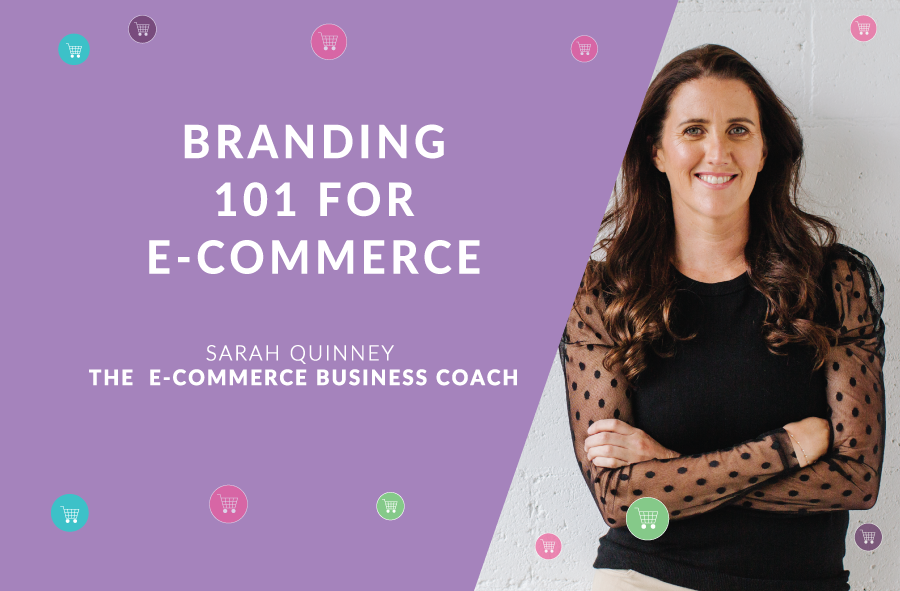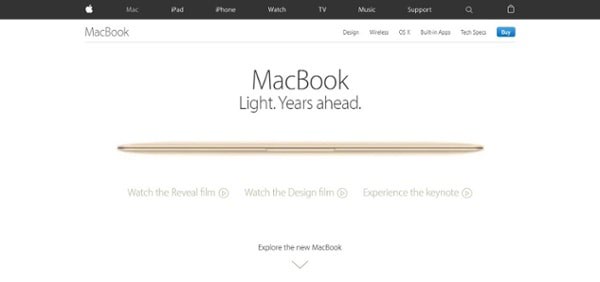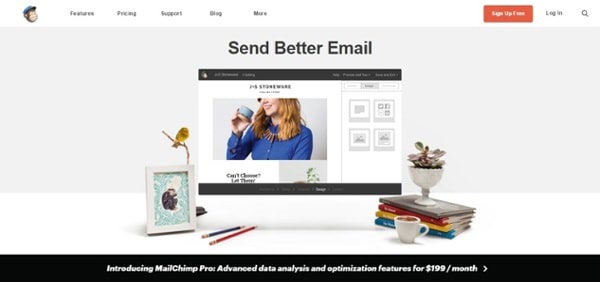
Creating your Value Proposition
Creating your Value Proposition
Your brand is starting to find its footing, it’s getting voice and you’re finding ways to bring value to your customers through engaging with them in a meaningful way. This is where having a strong value proposition can help your current and prospective customers really get to know and understand your brand and your products.
What the is a value proposition?
A truly great value proposition is a “statement that paints a clear picture of what your brand has to offer for prospects”.
It tells your audience:
- How your product or service solves/improves problems
- What benefits customers can expect
- Why customers should buy from you over your competitors
- It introduces you to prospective buyers and helps you make a strong first impression. That’s why it is so important to have a powerful one.
Writing a powerful value proposition is a skill you can learn, but like any other skill, it helps to see examples from those that did it right.
Your value proposition is often times the first thing a visitor sees upon landing on your website and sometimes the lack thereof is also the first reason for them leaving.
Go back to some of the emotive words from the branding  exercise and think about the word you’ve used to describe your brand. Think about HOW you want others to talk about your brand to their friends and family. What can you say right now in a few words that will help your customers needs right today?
exercise and think about the word you’ve used to describe your brand. Think about HOW you want others to talk about your brand to their friends and family. What can you say right now in a few words that will help your customers needs right today?
If you’re offering a great product or service, then that should be the catalyst for any value you’re trying to convey. In order for your value proposition to hold merit and be effective, the product needs to speak for itself.
This means it has to:
- Be unique
- Solve a problem
- Speak directly to those with said problem
- Differentiate itself from competition
Once you’ve developed that unique, value-adding product or service, your value prop should hit on the pain points and needs that it addresses.
What problem are you solving? How?
If you could answer that with conviction, you should have no problem following up on the value promised.
Are you conveying just the function of the products or are you giving the VALUE?
 Customers are fickle beasts, one day they love you the next day you’re ice cold. Here’s is an insight into to how the buyer’s mind works; first, we want to know the problem your product solves. Only after that do we care how it works. Solve my issue and I’m yours for life.
Customers are fickle beasts, one day they love you the next day you’re ice cold. Here’s is an insight into to how the buyer’s mind works; first, we want to know the problem your product solves. Only after that do we care how it works. Solve my issue and I’m yours for life.
Don’t focus on the function, focus on the value you’re adding and the problem you’re solving your endpoint. The function is secondary and becomes important only after someone has bought into your value proposition. It needs to be short and sharp brief and solve your customer’s problem.
Be Consistent
Once you have worked out your punchy brief of your brand, and your value proposition is solid, your message MUST stay consistent across all your platforms.
Confusion rarely leads to purchase. If at some point you decide to change up your message, make sure you change it across all your platforms and communication methods. Be sure to inform all of your team about the changes too!

